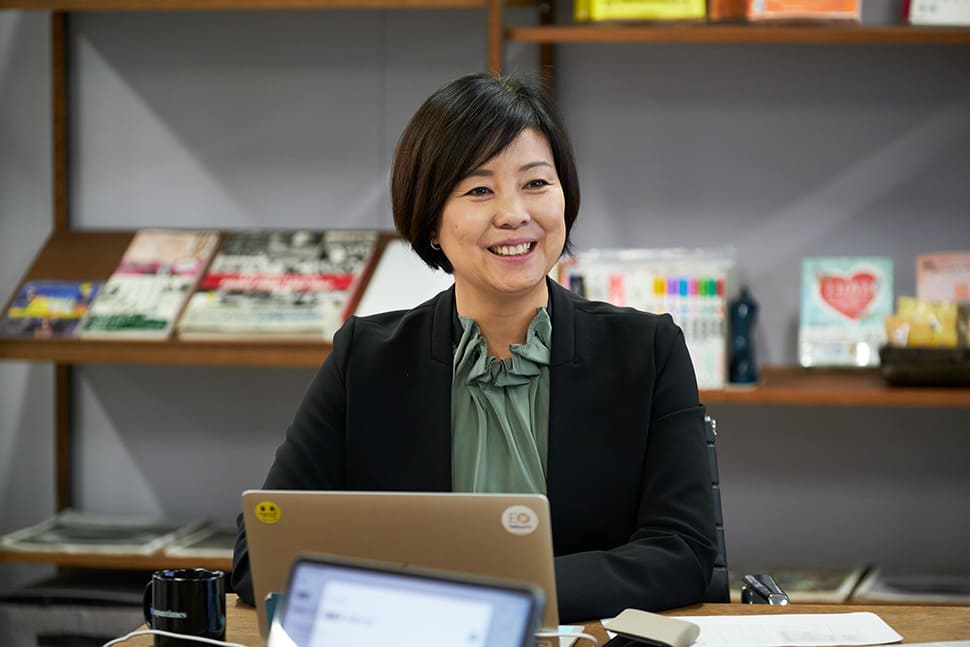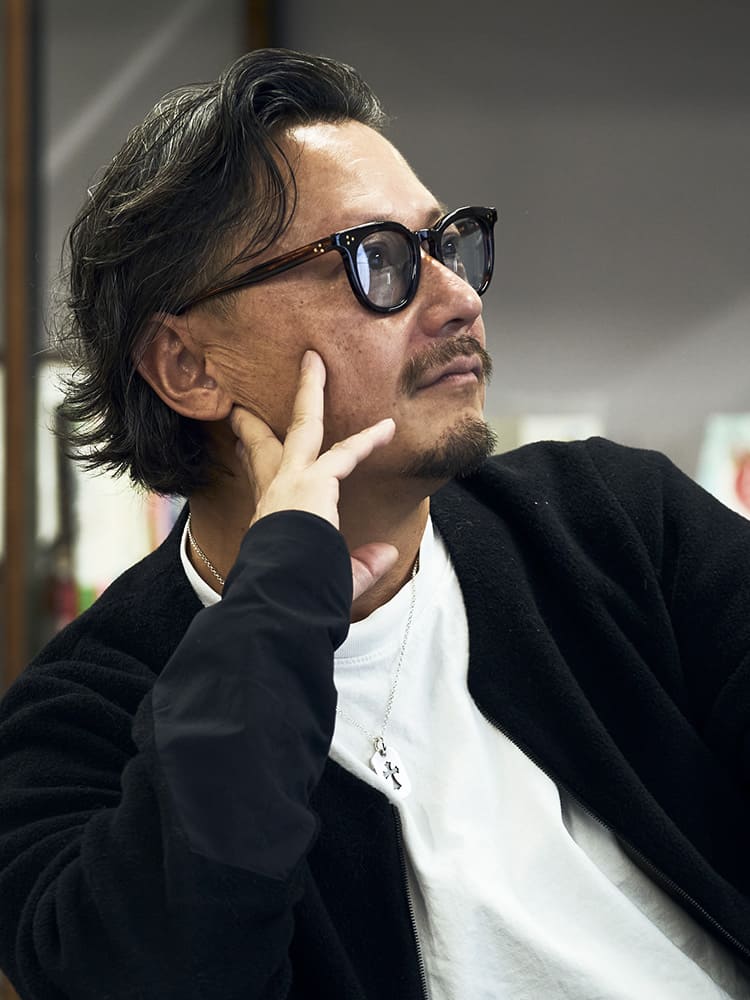DESTINATION RESTAURANTS
By TAEKO TERAO
In early March, when the cherry buds were just beginning to swell, three judges gathered at the main offices of The Japan Times in Tokyo to select the winners of Destination Restaurants 2023, the program’s third year. Over the 12 months since last year’s list was chosen, Yoshiki Tsuji, Naoyuki Honda and Takefumi Hamada had eaten their way across Japan, and before the day of the event, they had narrowed a list of over 140 restaurants down to less than 30 for the final round of selection.
Restaurants of all genres were eligible, so long as they had not been chosen in the 2021 or 2022 competitions and were not in the 23 wards of Tokyo or any “ordinance-designated city” (with populations over 500,000). As in the past, candidates spanned locations from Hokkaido to Okinawa and genres from Japanese, French and Italian, to Chinese, innovative and other world cuisines. Some of the chefs had trained at famous restaurants in Japan and abroad, while others were self-taught.
The judges unanimously selected Hagi, an innovative restaurant in Iwaki, Fukushima Prefecture, as the Destination Restaurant of the Year 2023. “After the 2011 earthquake, tsunami and nuclear disaster, chef Harutomo Hagi began collaborating closely with local producers, eventually gaining such acclaim that he was invited to cook at the Palais de l’Elysee. We hope diners will savor his cooking as well as the story behind it,” said Tsuji.
Hamada recommended Otowa Restaurant in Utsunomiya, Tochigi Prefecture. While many Japanese restaurants are run for generations by the same family, French restaurants in Japan typically last only a single generation, making Otowa a rarity where “a father and his sons bring their skill to bear on the evolution of cooking,” he said. Honda commented that “Regional sushi restaurants tend to compete based solely on how fresh their fish is, but Tokiwasushi in Shibata, Niigata Prefecture, is wonderfully creative. It has been evolving year by year, and I can’t take my eyes off it. High points as well for the sophisticated selection of alcoholic beverages.”
Judges also mentioned Oryouri Fujii, in the Iwasebunkamachi neighborhood of Toyama, as a model of regional development. The much-lauded restaurant is at the heart of a town revitalization project led by local sake brewery Masudashuzo. All are examples of what Tsuji describes as “sustainable restaurants in Japan that we want an international audience to know about.”
This year, the judges selected 10 restaurants with powerful messages and outstanding food. Unfortunately, not all the restaurants mentioned in the discussion could make the list. There is no question, however, that Japan’s regional restaurants are becoming better every day, and excellent new restaurants are continuing to open. The judges’ discussion made that abundantly clear.



Headmaster of the Tsuji Culinary Institute and president of the Tsujicho Group
Until about 30 years ago, dining at a given restaurant was about eating that restaurant’s signature dish. Today, however, tastes have changed, and chefs are using the entire menu to answer the question “Why am I here, in this particular place?” In other words, diners are not so much appreciating specific dishes as they are the chef’s philosophy and skill. It was inevitable, then, that for Destination Restaurants 2023 we selected restaurants whose chefs are masters of their craft. This is not so easy in regional Japan, where populations are shrinking and the pieces are not always in place to secure and train staff. Yet this is exactly why I hope chefs will keep working to overcome these challenges. When Tsukumo opened in Nara in 2015, the food didn’t immediately have the unmistakable style it does today, but I could tell at one bite that the chef was gifted. I don’t doubt the restaurant will continue to evolve because of his skill. This year, the third year of Destination Restaurants, we commended 30 restaurants in Hokkaido, Tohoku, Kanto, Chubu, Kinki, Chugoku, Kyushu and Okinawa. Although Shikoku did not make the list, we did visit and nominate restaurants in that region. I sincerely hope that in the future, restaurants in Shikoku will be selected for the Destination Restaurants list.

President and CEO, Leverage Consulting Inc.
Gastronomy today is both edible art and edible philosophy. As Natsuki Suzuki explained at a table in Nagano’s Restaurant Naz, where he is chef, “I want guests to properly understand the food and wine they are enjoying.” Achieving that isn’t easy. Most of the restaurants we selected for Destination Restaurants started out offering ¥1,500 ($11) pasta lunches and spent years developing their vision and building a clientele willing to accept omakase menus. It is thanks to the efforts of these chefs that even in the past three years, the number of good restaurants outside of Japan’s major urban centers has grown. Casa del Cibo in Aomori Prefecture uses boar raised at a nearby cattle ranch. The meat can be served rare because it is not wild game, and the chef prepares it simply. At Restaurant Pas Mal in Yamagata Prefecture, the chef painstakingly prepares the classical sauces that are becoming less common in French cooking, but blends traditional and modern styles by adding ingredients like cacao. I sense originality — that is, philosophy — in choices like that. Thinking solely in business terms, if a restaurant isn’t profitable, it can simply shut down. But when a chef stakes their life on a restaurant, they don’t give up so easily. A powerful example is Hagi, a restaurant in Iwaki, Fukushima Prefecture, whose chef overcame the aftermath of the Fukushima No. 1 nuclear disaster to bring hope to his community.

CEO, Access All Areas Inc.
I visit about 850 restaurants a year, both in Japan and abroad. The more I visit, the more aware I become of the obvious fact that skill is essential to cooking. In 2018, a French restaurant in Toyohashi, Aichi Prefecture, where reservations were booked half a year out, reopened on a small island in Okinawa Prefecture under the name 6six. At first, chef Hiroyuki Kosugi did not rely on local ingredients, explaining that “There’s no need to use Okinawan products if the quality isn’t ideal.” Yet guests still flocked from outside the prefecture, drawn by Kosugi’s formidable skill. The food is elaborate and amusingly presented. Recently, the chef has formed connections with a growing number of producers, incorporating more Okinawan ingredients and broadening the scope of his cooking. The chef at Terroir Aitoibukuro in Yamanashi Prefecture adds Japanese and global elements to a base of French cuisine. The chef’s unique style results in dishes such as local char fish pie with beurre blanc garnished with his mother’s handmade Japanese pickles. Another welcome feature is the nearby accommodations offered by the restaurant. Guests have the run of a renovated traditional house that shares the restaurant’s aesthetic. This solves a problem common to many regional restaurants, whose guests return to bland business hotels after an exquisite meal simply because there is no other local option. My sense is that the availability of quality accommodations will continue to be key to attracting guests to regional restaurants in the future.